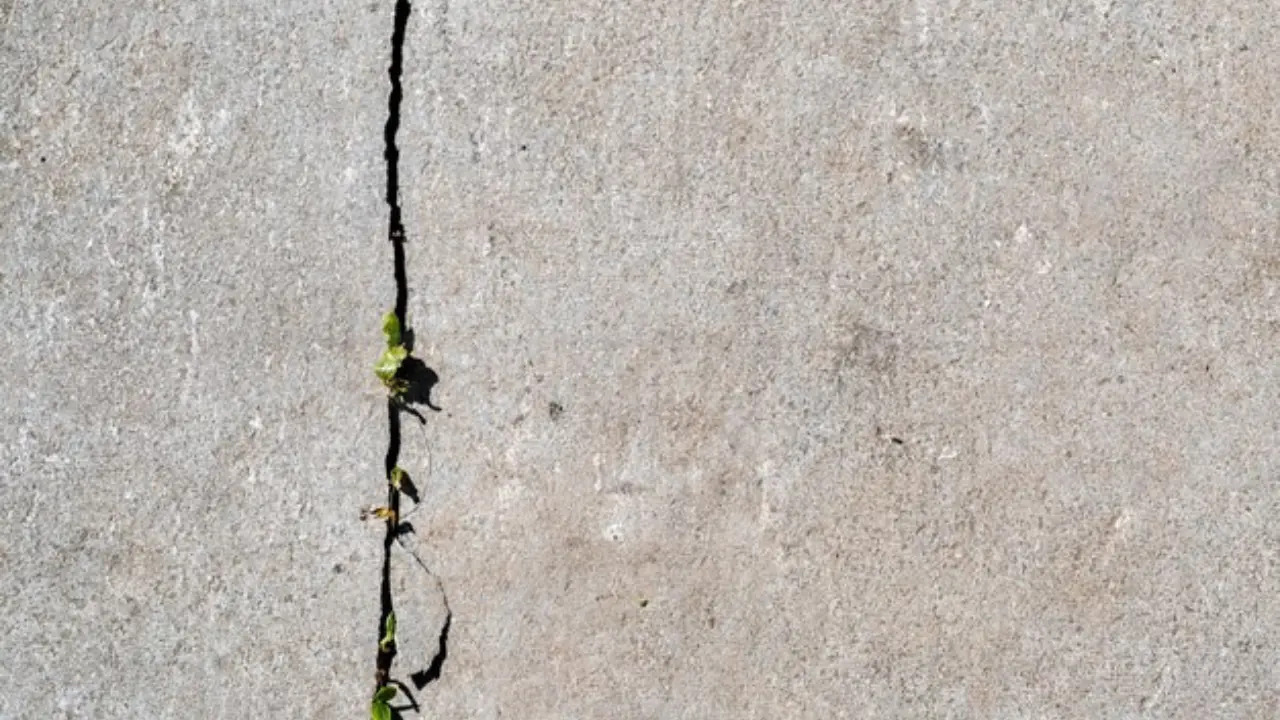
How to Spot Early Signs of Concrete Deterioration and What to Do About It?
Concrete is the most popular building material, known for its strength and durability. Still, its surfaces can deteriorate over time due to environmental conditions, chemical exposure, heavyweight, and everyday wear and tear. This may reduce the integrity and aesthetics of the concrete. Finding these damages early on is important to start repairs on time and prevent the concrete from breaking down. To maintain its structural integrity, you should understand the early signs that lead to major damages and how to identify and treat them.
Early Signs of Concrete Deterioration
Cracks, spalling, stains and discoloration, efflorescence, and uneven surfaces are most of the early signs you need to be careful about. If these signs are not cured promptly, they turn into major damages that lead to expensive repairs or replacements.
Spalling
When the top of the concrete surface chips off or flakes off, spalling occurs. It can happen because of the freeze-thaw cycle or corrosion of reinforced steel. Check for cracks, exposed aggregate, or the broken pieces of concrete from the top. Spalling weakens the concrete structure, so it should be treated as early as you notice.
Cracks
Cracks in the concrete surfaces are the warning signs of damage. They can be caused by stress or other structural problems. If you find cracks in your concrete, you need to fix them right away to keep them from getting worse. Frequently cleaning the surfaces helps to figure out why cracks are happening and stop them from being more severe.
Stains and Discoloration
Concrete surfaces can get stains and discolor for many reasons, like chemical spills and moisture getting into them. Check out the places that are discolored, have dark patches, or the spots that stand out. They are undesirable signs of damage and potentially reduce the curb appeal of concrete surfaces.
Efflorescence
It is a white powdery layer that shows up on the top of the concrete because soluble salts are moving around. Usually it happens when water escapes from the concrete and remaining salts form crystals on the surface. Observe concrete for white or grayish layers, especially in places that are wet or don't drain well. Efflorescence is unpleasant and a sign that shows a moisture-related problem with the concrete.
Surface Erosion
Surface erosion happens when the top surface wears away because of the chemical attack, scratching, or environmental changes. Inspect for the places where the surface is rough, exposed aggregate, eroded, or getting thinner. Avoiding treating this issue can be harmful to the structural integrity and lead to severe damage.
Uneven Surfaces
Uneven surfaces show the structure beneath the concrete is settling or shifting. This is due to erosion, poor drainage, or not compacting the soil well enough during construction. It is crucial to repair uneven surfaces to prevent further deterioration and reduce the risk of fall and trip hazards.
By spotting the early signs of concrete deterioration, you can take prompt action to repair your concrete surfaces and protect them from further damages.
Steps to Address Concrete Deterioration
As soon as you notice signs of damage, you need to take action. You can do the following:
Perform Regular Maintenance
Cleaning and sealing concrete on a regular basis can make it last a lot longer. Applying a high-quality finish can safeguard it against harm from water, chemicals, and freeze-thaw cycles. To keep damage from happening, plan repair every two years.
Repair Cracks Promptly
To fix small cracks, you can use concrete fillers, epoxy, or sealing stuff. For bigger cracks, you might need to get help from a professional to apply epoxy or other specialized materials to seal the structure.
Resurface the Concrete
For small surface damage like scaling, resurfacing can add a new, long-lasting layer on top of the old concrete. Adding this can make it look better and protect it even more.
Address Drainage Issues
Damage caused by water can get worse if the drainage isn't right. Make sure that water flows away from concrete surfaces, and if you need to, add gutters or French drains to keep water from getting on them.
Treat or Remove Efflorescence
An acidic cleaner and a scrub brush can be used to get rid of efflorescence. But to stop it from happening again, fix the moisture problem by closing cracks or making drainage better.
Call a Professional for Severe Issues
It's best to talk to a professional about concrete problems that are getting worse, like large cracks in the structure, exposed rebar, or a lot of spalling. They can fix problems by patching, resurfacing, or even replacing the concrete if needed.
Conclusion
To keep maintaining the structural integrity and appearance of the concrete, it's important to figure out the damages and repair them as early as possible. Frequently observing the concrete surfaces and regular upkeep helps reduce deterioration. By seeking assistance from local experts for sidewalk repairs, you can assess the damage and find a repair solution that suits your needs. They have the expertise, tools, and knowledge to properly inspect and repair damages that last for years to come.
